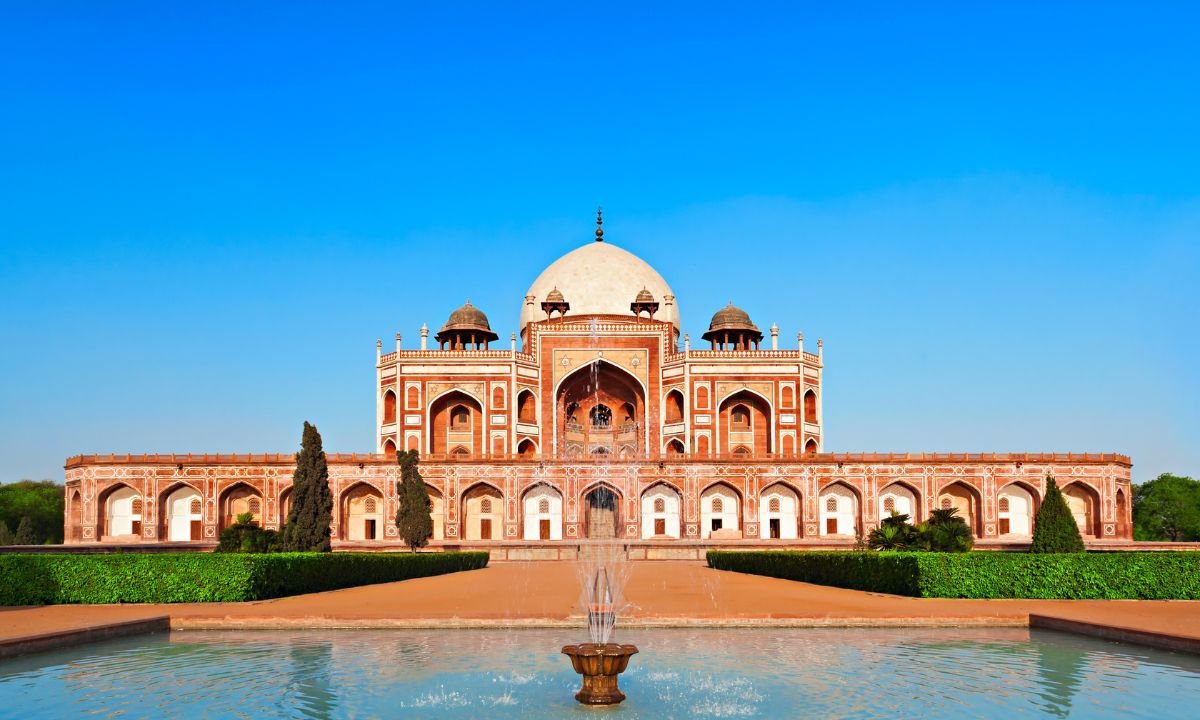Capturing the Beauty of Mughal Architecture in Delhi: A Guide for Content Creators
Delhi reflects Mughal architecture, a trademark of India's rich cultural legacy. Rising during the 16th and 18th centuries, this architectural style is distinguished by its enormous buildings, complex decoration, and flawless mix of Persian, Islamic, and Indian components. Delhi provides many ideas for artists wishing to explore this great legacy. This blog seeks to highlight the beauty of Mughal architecture and offer helpful advice on how best to use these sites for artistic purposes.
The Enchantment of Mughal Construction
The Mughal Empire was renowned for its extraordinary architectural and artistic output. Built during this time, structures are stories carved in stone expressing the ethos and tastes of a period, not only constructions. Essential features of Mughal architecture consist in:
- Symmetry and Proportion: Buildings often exhibit perfect symmetry, which creates a sense of balance and harmony.
- Intricate Ornamentation: Using inlay work, calligraphy, and floral motifs adds a layer of detail that captivates the eye.
- Use of Materials: Red sandstone and white marble are predominant materials, giving structures a unique visual appeal.
- Gardens and Water Features: Mughal gardens are designed with water channels and fountains, symbolising paradise on earth.
These elements come together to create spaces that inspire awe and admiration.
Must-Visit Mughal Monuments in Delhi
1. Humayun’s Tomb
Overview: Built in 1565, Humayun’s Tomb is a UNESCO World Heritage Site often considered a precursor to the Taj Mahal. The tomb features a beautiful garden layout with pathways lined with trees.
Photography Tips:
- Capture the symmetry by framing the tomb centrally against the garden.
- Early morning light enhances the colours of the red sandstone.
2. Red Fort
Overview: Constructed in 1638 as the principal residence of the Mughal emperors, the Red Fort is an iconic symbol of India. Its massive walls and intricate interiors are a testament to Mughal grandeur.
Photography Tips:
- Use wide-angle lenses to capture the scale of the fort.
- Explore different angles around the fort to highlight its architectural details.
3. Jama Masjid
Overview: One of the largest mosques in India, Jama Masjid, was completed in 1656. Its towering minarets and expansive courtyard make it a stunning site for photography.
Photography Tips:
- Shoot during sunset for dramatic lighting against the mosque’s domes.
- Capture candid moments of worshippers to add depth to your images.
4. Fatehpur Sikri (Day Trip)
Though not in Delhi proper, Fatehpur Sikri is essential for anyone interested in Mughal architecture. This city, built by Akbar in the late 16th century, showcases various architectural styles.
Photography Tips:
- Focus on capturing the intricate carvings on doors and windows.
- Use leading lines from pathways to draw viewers into your compositions.
Practical Tips for Content Creators
Research Before You Visit
Understanding the history and significance of each site can enhance your creative output. Consider reading books or articles on Mughal architecture or watching documentaries that provide context.
Timing Your Visits
The best times for photography are during golden hours—early morning or late afternoon—when natural light softens shadows and enhances colours. Aim to visit on weekdays to avoid crowds.
Equipment Essentials
- Camera Gear: A DSLR or mirrorless camera with a versatile zoom lens will help you capture wide shots and detailed close-ups.
- Tripod: Useful for low-light conditions or shooting long exposures at dawn or dusk.
- Filters: Polarizing filters can help manage reflections when shooting garden water features.
Engage with Local Culture
Interact with local historians or guides who can provide insights that enhance your understanding of these architectural marvels. This engagement can also lead to unique content angles for your projects.
Conclusion
Delhi’s Mughal architecture captures tales of love, power, and artistic expression rather than only excellent construction. These websites provide content creators—in photography, writing, or other artistic expression—with unlimited chances for inspiration. Through your artistic activities, you not only help to preserve this rich tradition but also capture its beauty by really engaging yourself in it.

